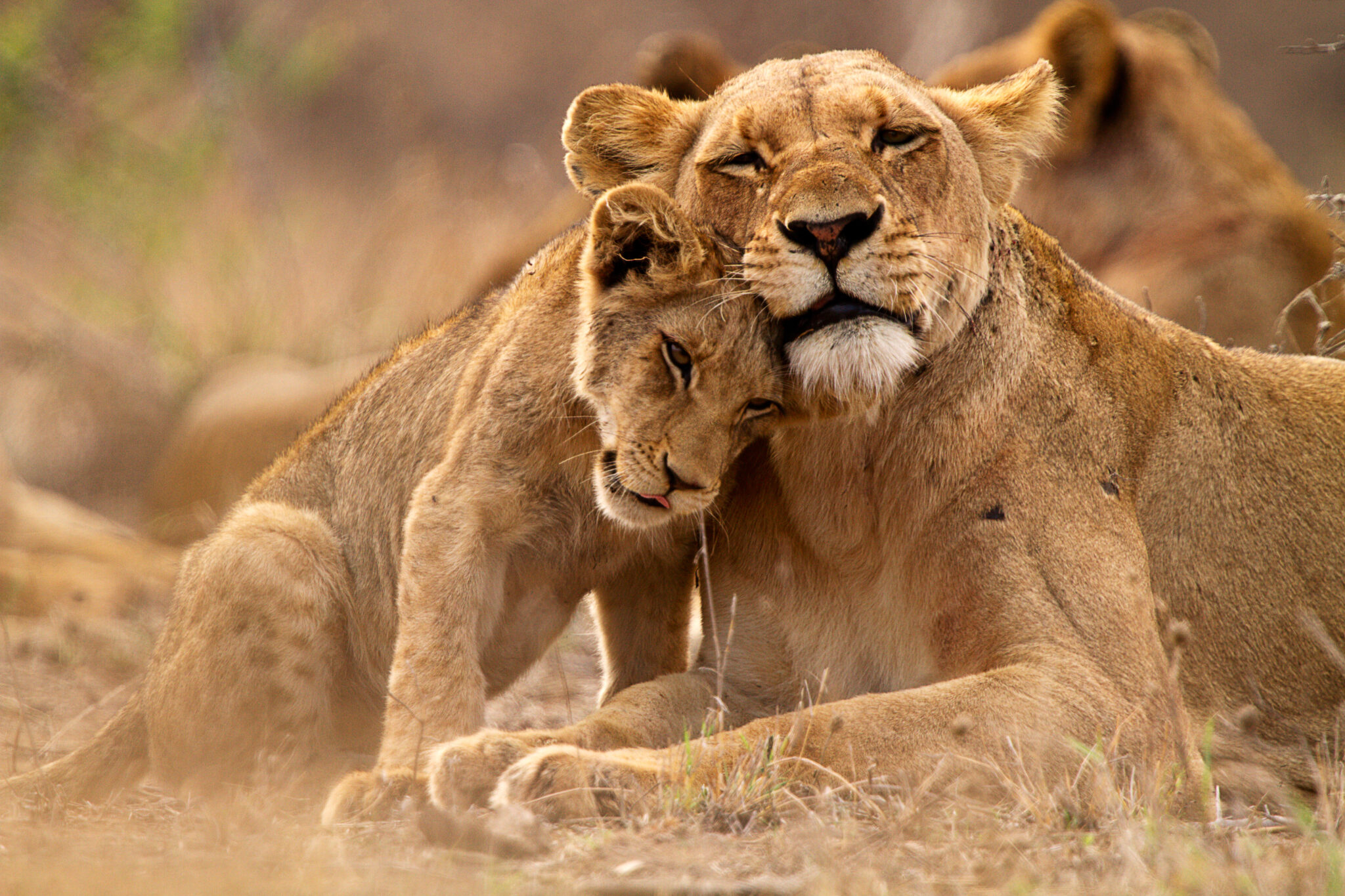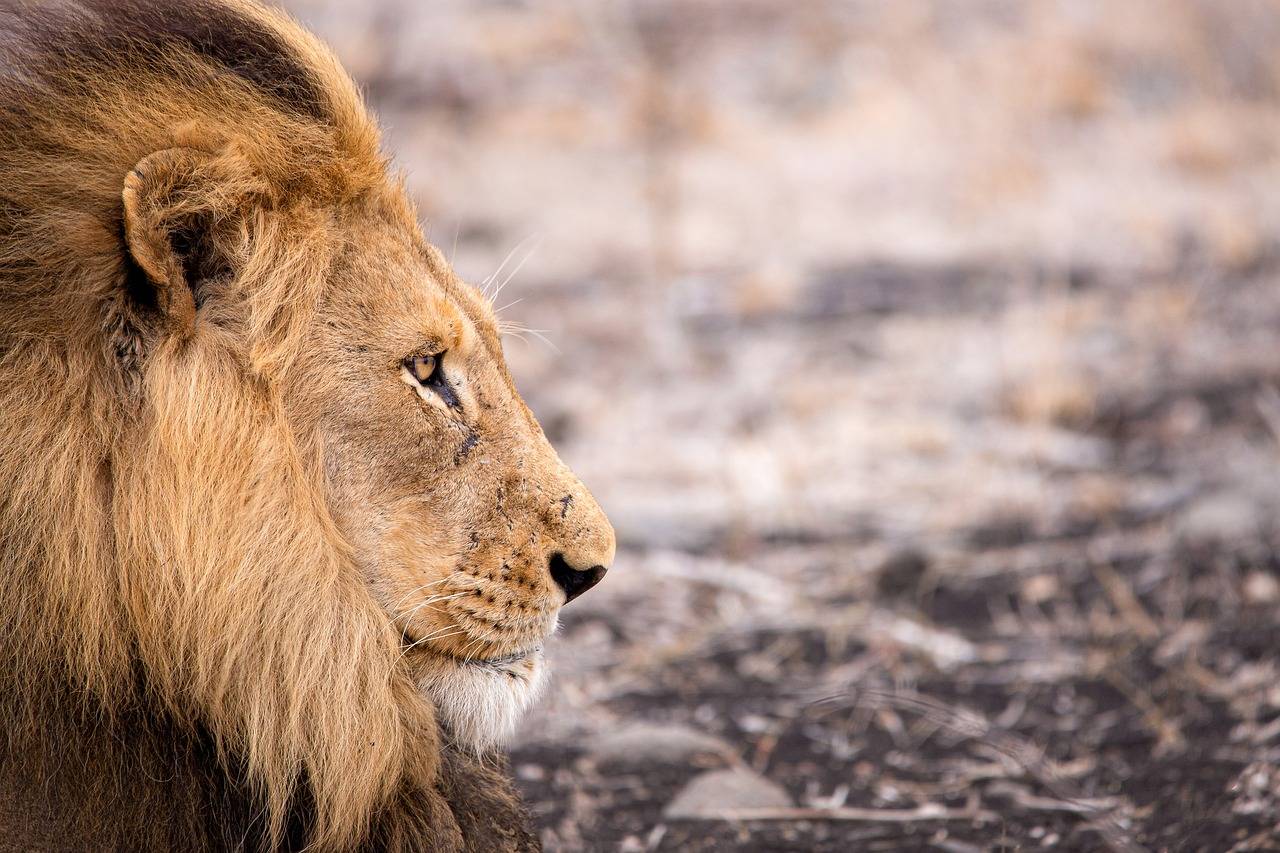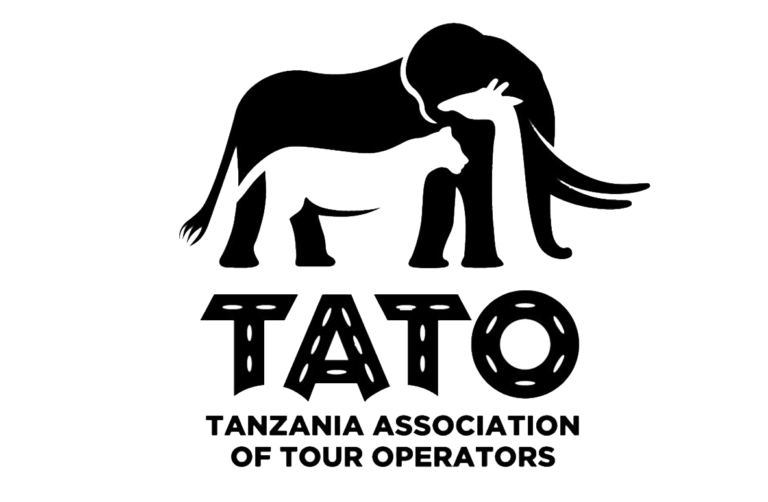Lion Facts: Characteristics, Habitat, and Behavior

Lion Facts: Characteristics, Habitat, and Behavior
The lion (Panthera leo) is a majestic and powerful predator native to Africa. Known for its impressive physical traits, social structure, and significant role in its ecosystem, the lion captivates many. This blog explores essential facts about lions, focusing on their physical characteristics, habitats, and social behaviors.
Physical Characteristics
Size and Strength: Among the largest of the big cats, adult male lions typically weigh between 330 to 550 pounds (150 to 250 kg) and measure up to 10 feet (3 meters) in length, including their tail. Female lions are slightly smaller, weighing between 260 to 400 pounds (120 to 180 kg).
Distinctive Features: Recognizable for their muscular build and tan-colored fur, lions also have distinctive manes. Male lions’ manes can vary from blond to black, adding to their unique appearance.
Roar: One of the most notable features of lions is their powerful roar, which can be heard up to 5 miles (8 kilometers) away. This roar is vital for communication and marking territory.
Habitat and Range
Natural Environment: Lions predominantly reside in the savannas, grasslands, and open woodlands of sub-Saharan Africa. They are found in countries like Tanzania, Kenya, Botswana, and South Africa, where their habitat supports their needs for prey and shelter.
Social Structure and Behavior
Group Dynamics: Lions are unique in their social behavior compared to other big cats. They live in groups called prides, which usually include related females, their offspring, and a few males. This social structure facilitates cooperative hunting and territorial defense.
Hunting: Within a pride, lionesses are primarily responsible for hunting. They work together to catch prey such as zebras and wildebeests, while males often assist with larger kills or take over the spoils from the females.
Communication: Lions use various vocalizations, including their characteristic roar, to communicate with each other. This helps in establishing territory and maintaining social bonds. They also rely on body language and scent marking to convey messages.
Conservation and Protection
Threats: Lions face several threats, including habitat loss, conflicts with humans, poaching, and disease. These issues have led to a significant decline in their population.
Conservation Efforts: To address these challenges, conservation programs focus on protecting habitats, combating poaching, and reducing human-wildlife conflicts. Various organizations and government initiatives are working to safeguard lion populations and ensure their survival.

Best places to visit in Africa
Plan your safari adventure today and witness the majesty of the African lion. Contact us for guided tours and expert insights into the world of these incredible predators. Explore more about African lions and their habitats with us
Luxury African Safari Packages
Embark on the journey of a lifetime with our curated selection of luxury African safari packages. Experience the thrill of the wild in style, surrounded by breathtaking landscapes and unparalleled comfort. Book now and let the adventure begin
Luxury African Safari Destinations
Embark on a journey of extravagance with our handpicked selection of luxury African safari destinations. Immerse yourself in the majestic beauty of the savannah while indulging in world-class accommodations and thrilling wildlife encounters. Start your adventure today and experience the epitome of luxury in the heart of Africa.”


